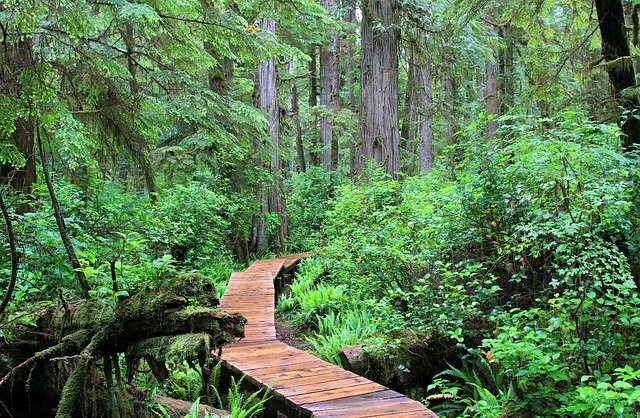Far from the temperate rainforests of Vancouver Island, a few miles south of the Arctic Circle, bordering the northern treeline, nestled in a bay on the largest lake in Canada … in other words, waaaaay up north … lies a tiny community where the people live close to the land, as they have for thousands of years. Deline is home to 800 Sahtu Dene people whose unique culture, inclusive perspectives and indigenous understandings could hold the key to our shared global future. At this very moment, a small number of committed individuals is working hard to protect one of the last unspoiled frontiers in the world.
As the cry for clean air and clean water intensifies world-wide, Canada holds in its palm an abundance of both. Great Bear Lake is the largest lake entirely within the borders of Canada and the world’s largest mass of cold fresh water. Four times the size of Prince Edward Island, the lake’s diverse ecoregions provide habitat for a wide range of plants, animals and fish. Wildlife species include barren ground caribou, moose, grizzly bear, musk-ox, fox, beaver, marten, mink, muskrat, lynx, wolverine, arctic hare, wolf and many others. More than thirty different species of waterfowl are found on and around this massive body of water. Most important of all is the passion of the Sahtu Dene to maintain this precious ecosystem for the generations to come.
Water is the key to the Sahtu Dene culture and identity. Recent droughts and heat waves in the south are troubling, because other parts of the world are beginning to turn their gaze to the pristine water and massive mineral resources of the Great Bear Lake watershed. The people of Deline believe that the Great Bear Lake watershed is not just part of their own natural and cultural heritage – they believe it belongs to all Canadians and indeed the world. This means that protecting the lake and its watershed is our collective responsibility. As diligent stewards of the earth, how might we conserve the ecological and cultural integrity of this jewel?
With this question uppermost, the village recently invited aboriginal leaders and concerned environmentalists such as David Suzuki to participate in a week-long “Water Heart” Conference addressing Great Bear Lake watershed management. In his keynote speech, Suzuki recognized the community’s unique connection to the natural environment and their commitment to clean air and water. He also identified serious challenges that threaten the delicate balance that has survived since the last Ice Age. Climate change, declining caribou herds, globalization, mining and mineral exploration are but a few of the concerns faced by the people as they strive for self-governance and cultural survival.
The Sahtu Dene people have been working for many years to develop comprehensive land use and water management plans. Using a collaborative process and consulting with all members of neighbouring communities, they have made great strides toward self-government while preserving the essence of their unique culture. The Dene Nation leads the way in modeling the openness, optimism and maturity we will need to meet the global challenge of climate change. Learning about their work gives me great hope for the future.
For information about the Great Bear Lake Watershed, go to: sahtulanduseplan.org
For information about the Sahtu Dene Land Claim Agreement, go to: srrb.nt.ca
For information about the Water Heart Conference, click here.

